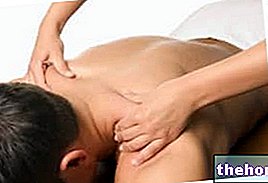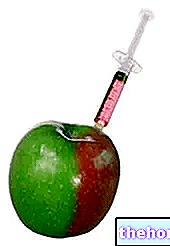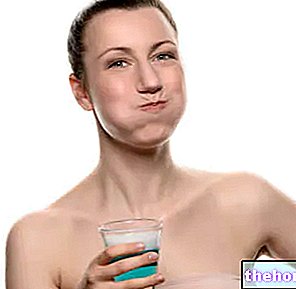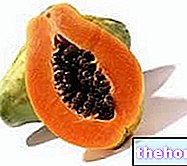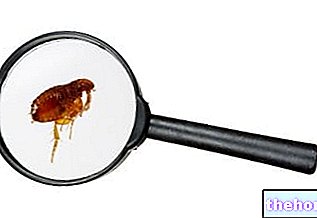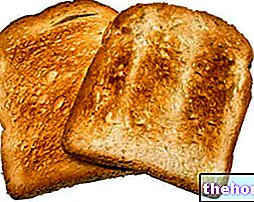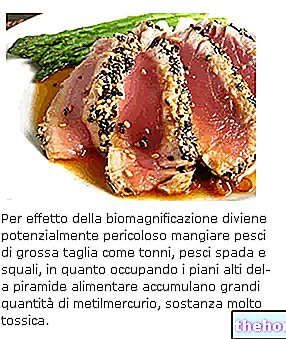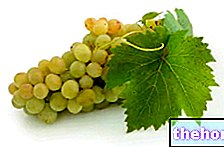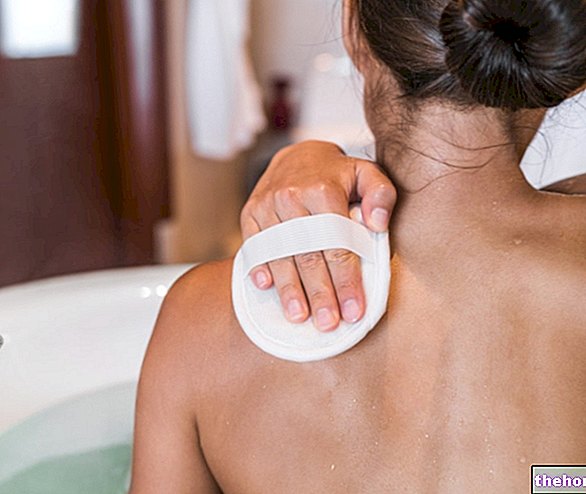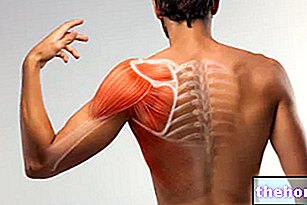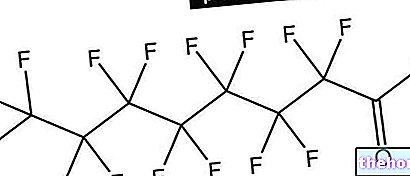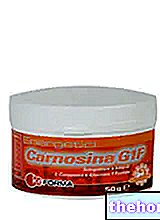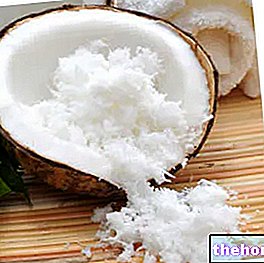Principles of the passivation technique

The technique consists in detaching these muscles from each other by simultaneously exercising a passive squeeze with the other hand or, if it is engaged in manual skills, through specific positions, all with a little dynamic help from the athlete: as explained in precedence thanks also to the kinetics in support of manual skills, the passive technique reduces the time needed to resolve adhesions and maintains this new state of freedom for longer (fig. 4-5-7).

After a first partial detachment, each muscle is treated manually twist & roll for further separation muscle-fascia-muscle highlighting the degree of release from adhesions (fig. 6).

For example, if you have to treat the biceps femoris muscle of the thigh, we will test all its chain of belonging, that is, starting from the lower limb with the Peronieri, Gastrocnemius and Soleus muscles, then the BF precisely, the sacral ligamentous tract, the muscles Lung spinal erectors of the Vertebral Column up to the occiput and the entire fascia relating to this path. Or in the case of the Tensor Muscle of the Fascia Lata, we will begin by testing the Tibial muscle, the TFL, the Internal Oblique muscle, and since in this case the chain is spiral, continue on the external Oblique muscle and then turn back and towards the "high with the Dentate muscle, the Rhomboid muscles to finish with the Levator Scapula and Splenius muscles including the fascia tied to it. Personally, but not literally, I follow the myofascial chains according to Tom Myers -Anatomy Trains -.
Let's see in detail how these maneuvers are performed. The key point is to obtain the collaboration from the athlete. Make him aware of the techniques we are going to perform, explaining the purpose and the desired effects and the sensations he will experience. As known, the lower the muscle stiffness / tension, the more we will get into harmony with the athlete and the more effective the passive technique. All the manual skills of detachment, definition and stretch muscles must be performed very slowly, in order to always be ready to interrupt the action for any reason. This is because, by working deeply on contractures, adhesions and myofascial fibrosity, you must always have control of the situation, remembering that you are not " spreading oil but working with important pressures, however rub, pinch and crush muscles tendons and fascia.On the basis of this consideration and purely related to the technical execution of the manual skills, it is better not to lubricate the area to be treated too much with oil or creams to always maintain a good grip / control capacity.
As Art Riggs says, it is as if we wanted to unscrew the lid of the jam jar with greasy hands; you can also succeed, but how much force do I have to waste to unscrew it! which translated in regards to the athlete is that I can also cause him excessive pain for nothing and, for the operator, in a waste of energy and an excessive load on the joints of the fingers.
Now to enter the perspective of passive technique, which if seen is very illustrative, I would like to explain the concept with an example. Let's imagine having to shoot an object with a camera and try to make it as evident and recognizable from the background as possible. To get a good detail it is good to shoot the subject from different angles; the more precise the resolution will be and the final result will certainly be of good quality given the many poses. If, on the other hand, we use a video camera, it seems clear how movement - kinetics - around above and below the object, it will be even more detailed and more complete for the desired purpose, that is the best resolution of the detail and the highlighting of the subject. passive technique, the operator who passively supports the movement with the muscle activation of the athlete, can work the muscle and the adjacent fascia for almost 360 degrees, while these stretch, relax and contract. Thus, especially for the muscles, from being able to have them available during all the various dimensional changes and in the various positions that the physiomorphological structure allows. Everything will be made even more effective since we will exploit the mechanism of "mutual innervation between agonist-antagonist muscles, especially when the detachment work must be performed on hypertonic, hard or tense muscles. All movements of the body occur for a muscular agreement of co-activation, or the synchrony between the opposite muscle groups during the phases of contraction - relaxation - elongation, under penalty of the static nature of the body, the non-movement. So the activation of a muscle - agonist - causes relaxation of the opposite muscle - antagonist - which can thus stretch more. I quote the classic example, used in stretching with the PNF method - Proprioceptive Neuromuscolar Facilitation or proprioceptive neuromuscular facilitation - where to facilitate the stretching of the hamstring muscles, help is required through the contraction of the quadriceps femoris muscle, which for mutual innervation it will cause a relaxation of the hamstrings thus placed in a position to be more easily stretched and workable.
The final goal of the passive technique will be to have a muscle in more detail from background, freer biomechanically in his ROM and having rebalanced the stabilization forces of the correlated joint. Therefore, it seems clear the difference between the classic myofascial detachment technique - the static nature of the camera -and the passive technique - the dynamism of the camera - and which we will now see in detail.
Other articles on "Passivactive technique in myofascial detachment: lower limbs - 7th part -"
- Passivactive technique in myofascial detachment: lower limbs - 6th part -
- Passivactive technique in myofascial detachment: lower limbs - 1st part -
- Passivactive technique in myofascial detachment: lower limbs - 3rd part -
- Passivactive technique in myofascial detachment: lower limbs - 2nd part -
- Passivactive technique in myofascial detachment: lower limbs - 4th part -
- Passivactive technique in myofascial detachment: lower limbs - 5th part -
- Passivactive technique in myofascial detachment: lower limbs - 8th part -
- Passivactive technique in myofascial detachment: lower limbs - 9th part -
- Passivactive technique in myofascial detachment: lower limbs - 10th part -
- Passivactive technique in myofascial detachment: lower limbs - 11th part -
- Passivactive technique in myofascial detachment: lower limbs - 12th part -
- Passivactive technique in myofascial detachment: lower limbs - 13th part -
- Passivactive technique in myofascial detachment: lower limbs - 14th part -





